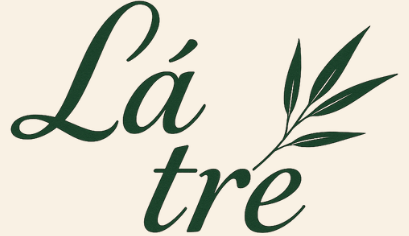Ella Wheeler Wilcox, a prolific American poet known for her accessible style and often optimistic verse, captured the universal ebb and flow of existence in her enduring work, “The Year.” Published in 1917, just two years before her passing, this the year poem transcends its immediate context, offering a timeless reflection on the human experience as marked by the passage of twelve months. While sometimes dismissed by literary critics for its straightforward language and strong rhymes, Wilcox’s ability to articulate profound truths with clarity resonated deeply with a wide audience, and “The Year” stands as a testament to this connection.
Contents
Wilcox rose to prominence for lines like “Laugh, and the world laughs with you; / Weep, and you weep alone” from her poem “Solitude,” demonstrating a knack for pithy, memorable observations on life. “The Year” employs a similar directness, tackling the familiar theme of time’s passage not with grand philosophical pronouncements, but with simple, relatable couplets that mirror the predictable yet complex rhythm of a year and a life.
The poem itself lays bare this cycle:
What can be said in New Year rhymes,
That’s not been said a thousand times?
The new years come, the old years go,
We know we dream, we dream we know.
We rise up laughing with the light,
We lie down weeping with the night.
We hug the world until it stings,
We curse it then and sigh for wings.
We live, we love, we woo, we wed,
We wreathe our brides, we sheet our dead.
We laugh, we weep, we hope, we fear,
And that’s the burden of the year.
Analyzing “The Year Poem”: Cycles, Contradictions, and the Human Experience
Wilcox opens “The Year poem” with a rhetorical question that immediately sets a tone of wry acceptance: What new insight can possibly be offered about the turn of the year? This acknowledges the cyclical nature of time and tradition, suggesting that the fundamental human response remains constant. The lines “The new years come, the old years go, / We know we dream, we dream we know” introduce a touch of existential contemplation, hinting at the blurred lines between aspiration (“dream”) and reality (“know”) that characterize our journey through time.
Life’s Rhythms: Laughter, Tears, and Struggle
The poem quickly moves to capture the daily and emotional oscillations of life within the span of a year. The stark contrast between “We rise up laughing with the light, / We lie down weeping with the night” succinctly portrays the swings from joy to sorrow that can occur not just over months, but even within a single day. This highlights the intense, often contradictory, nature of human feeling.
The next couplet, “We hug the world until it stings, / We curse it then and sigh for wings,” is particularly potent. It speaks to our initial embrace of life, its opportunities, and its challenges, often met with enthusiasm (“hug the world”). However, this engagement inevitably brings pain or disappointment (“stings”). The reaction is frustration (“curse it”), followed by a longing for escape or transcendence (“sigh for wings”). This sequence beautifully encapsulates the push and pull of human interaction with reality – the desire for connection, the pain it can inflict, and the subsequent wish for freedom.

Portrait of American poet Ella Wheeler Wilcox.
Milestones and Transitions
The lines “We live, we love, we woo, we wed, / We wreathe our brides, we sheet our dead” offer a rapid-fire summary of major life milestones. From the general act of living to specific markers of beginning (love, wooing, marriage/brides) and ending (death/sheets), these lines underscore that a year, or a lifetime, is punctuated by significant events, both joyous and sorrowful. This sequence emphasizes the life-affirming alongside the inevitable end, presenting them as equally integral parts of the journey. Exploring poems that capture life’s journey might lead one to appreciate various forms, from short and famous poems that offer quick glimpses to more extensive works. Similarly, reflections on deep connections can be found in eternity love poems.
Embracing the Burden
The concluding couplet, “We laugh, we weep, we hope, we fear, / And that’s the burden of the year,” brings all the preceding contradictions and cycles together. Laughter and weeping, hope and fear – these fundamental human emotions coexist and define our experience. Wilcox labels this composite experience the “burden of the year.” However, the tone isn’t one of despair, but rather one of simple, factual summation. It’s a burden not in the sense of an unbearable weight, but perhaps more like a load one carries – the full complement of experiences that constitute living through time. This perspective encourages a kind of realistic acceptance; a recognition that years will inevitably contain this mix of highs and lows. Thinking about burdens and desires can sometimes lead to exploring deeper emotional states, such as those found in a yearning poem.
Enduring Resonance of “The Year Poem”
Ella Wheeler Wilcox’s “The Year” resonates because of its plainspoken truth. It strips away romanticism about the passage of time and presents it as it is: a period filled with predictable cycles and unpredictable emotional swings. The poem doesn’t offer a solution or a grand philosophy, but rather a simple statement of fact about the human condition within the framework of a year. This candid appraisal encourages readers to manage their expectations, recognizing that each year will bring its share of laughter and tears, hope and fear. It’s a poem that reminds us that facing the “burden” head-on, with all its inherent contradictions, is simply what it means to live through the year poem after year.
